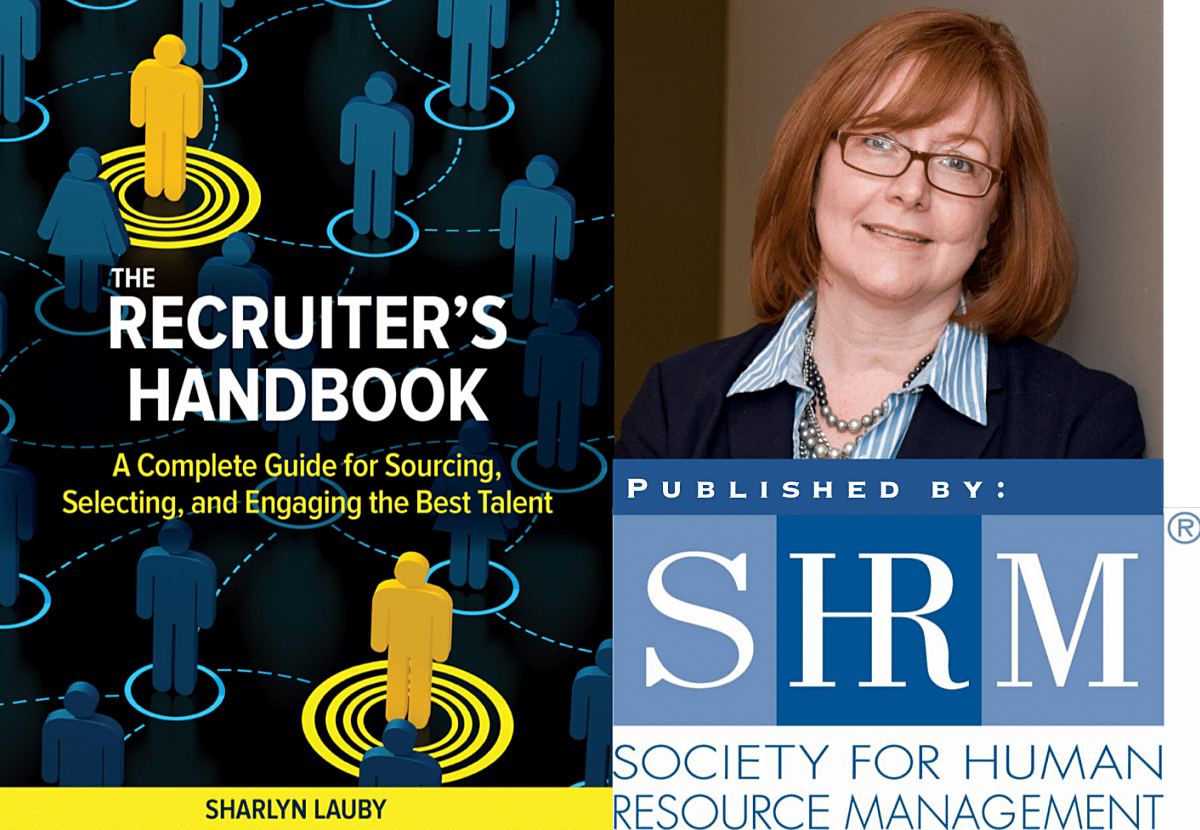Organizational Talent Pools: 4 Steps to Developing Employees
(Editor’s Note: Today’s article is an excerpt from my new book, “The Recruiter’s Handbook: A Complete Guide for Sourcing, Selecting, and Engaging the Best Talent“ (SHRM, 2018) SHRM members can order a discounted copy at the SHRMStore. Or I’ll be signing books next week at the SHRM Annual Conference in Chicago. Stop by and say hello!)
With unemployment rates hitting record lows, there’s lots of talk about developing internal talent. One way to do that is with talent pools, which are groups of employees who are being trained and developed to assume greater responsibilities within the organization. Often, but not always, they have been identified as high-performing and high-potential individuals.
Talent pools allow organizations to develop employees in areas that align with company competencies and values instead of focusing on developing specific position skills. This allows a talent pool to address the biggest challenge with succession planning, which is telling individuals they’re part of the plan. Organizations can communicate to a group, “You’re the future of the company,” instead of telling an individual, “You are our next chief marketing officer.”
In addition, talent pools provide the flexibility needed in emerging or developing industries. Some industries are moving so quickly that they don’t know what next year looks like, much less what their five-year recruiting strategy should include. That unpredictability can make traditional succession planning efforts difficult and talent pools an ideal tool.
However, creating a talent pool takes some planning. Here are four proven steps to developing an organizational talent pool for your organization:
- Review the organizational strategies.Much of the information regarding the strategies has already been gathered as part of the workforce planning activity. So, the goal here is to identify the competencies needed to make those strategies happen. In the future, the strategies will change, but the competencies may remain the same. An example is critical thinking skills. Regardless of the strategy, critical thinking is a necessary competency.
- Assess the company’s current talent to identify any skills gaps.Again, this information was gathered during the staffing analysis and workforce planning activity. Organizations can accomplish this step using a variety of techniques, including performance reviews, assessments, multi-rater feedback, and interviews. A combination of techniques could prove to be exceptionally valuable. The key consideration is consistency.
- Create modules or groups of activities that will help employees learn the skills they need.Once the organization identifies the skills it will help employees develop, recruiting can work with learning and development to figure out the process. A combination of internal and external training and project-based learning may be useful. Three activities proven to be very effective include:
- Management coaching. Good managers have valued relationships with their employees. They are positioned to deliver open, honest feedback that can help employees change behaviors and improve performance.
- Peer-to-peer feedback. Organizations spend an incredible amount of time collaborating. Peer-to-peer interaction is how most employees spend their time. Training employees to deliver timely, specific feedback can make an impact.
- Mentoring. Organizations can encourage mentoring relationships to cover topics that don’t necessarily warrant a training program—like office politics and negotiation skills. Employees can benefit from the wisdom of experience.
- Monitor progress and make regular adjustments. Like succession planning and recruiting strategies, talent pools need to be monitored. The organization should conduct regular talent assessments and observe market conditions. Both internal and external factors can prompt a change in talent development strategy. The talent wars aren’t going away anytime soon. Organizations must think about the future. They are not going to be able to find all the talent they need via external recruiting. Talent pools allow companies to develop future talent from within. They also give businesses the flexibility to meet their fluid operational needs.
Talent pools offer flexibility to business needs while at the same time preparing high-performing employees for the future. They do require organizations to conduct a gap analysis, identify skills that need development, and implement a career development program to address the gap. However, the result is an internal talent pipeline that the organization needs to be successful.
19